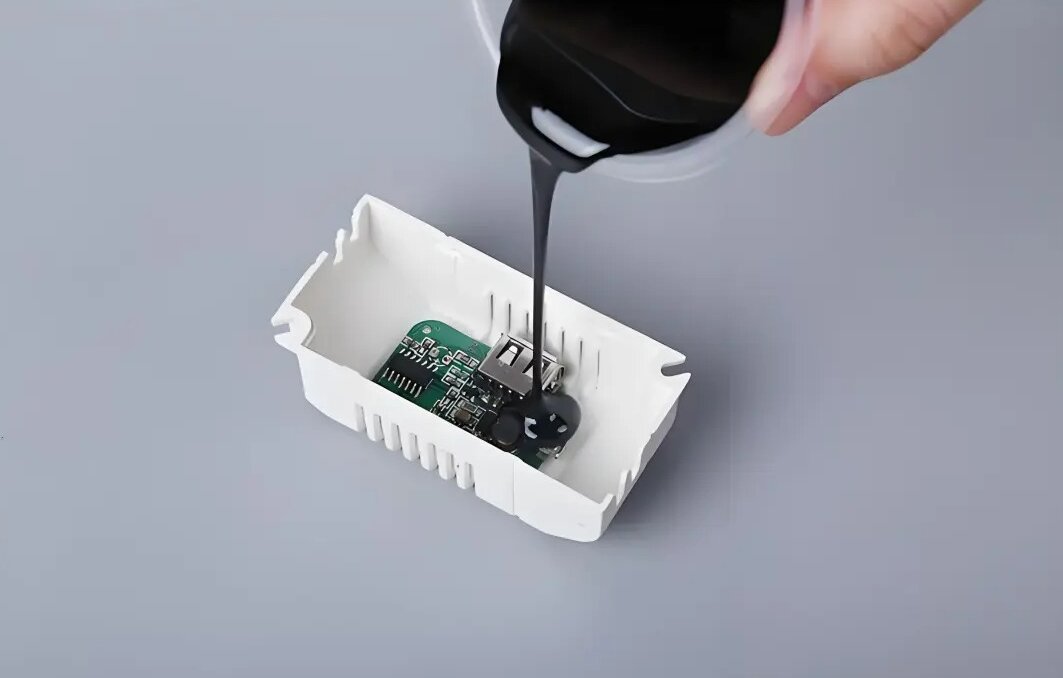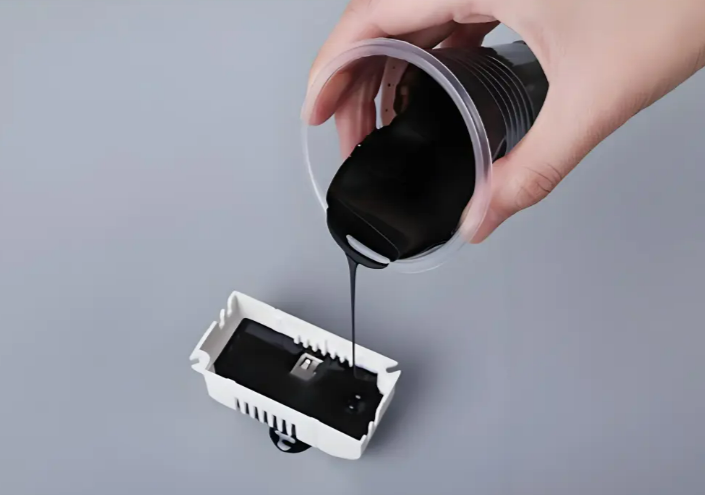Enhancing Durability: A Deep Dive into PCB Potting Services for Outdoor Monitor Projects
What is PCB potting?

What does "PCB potted" mean?

Common Potting Materials: Choosing the Right Shield for Your Electronics
Epoxy: Epoxy resins are renowned for their exceptional adhesion, high mechanical strength, and excellent chemical resistance. Once cured, they form a very hard, rigid barrier, making them ideal for applications requiring robust protection against physical impact and harsh chemicals. Their superb electrical insulation properties also prevent short circuits, making them a popular choice within comprehensive PCB Potting Services. Silicone: Silicone compounds offer unmatched flexibility and are stable over a wide range of temperatures. This elasticity makes them perfect for applications subjected to significant thermal cycling and vibration, as they can expand and contract without stressing the components. Silicone also provides excellent protection against moisture and UV radiation, which is critical for outdoor electronics. Polyurethane: Polyurethanes strike a balance between the hardness of epoxy and the softness of silicone. They are known for their excellent flexibility, tear resistance, and good adhesion to a variety of substrates. Polyurethane potting compounds are particularly effective at protecting sensitive components from mechanical shock and prolonged vibration. Preparation and Cleaning: The process begins with the thorough cleaning of the PCB to remove any contaminants like dust, oil, or flux residue that could interfere with adhesion. Any areas that should not be potted, such as connectors or test points, are carefully masked. Material Mixing: Most potting compounds are two-part systems (a resin and a hardener) that must be precisely measured and mixed according to the manufacturer's specifications. Incomplete mixing can lead to improper curing and compromise the protective qualities of the compound. Dispensing and Potting: The mixed compound is then carefully dispensed into the housing containing the PCB. To eliminate air bubbles that could create voids and weak points, this step is often performed under vacuum. This ensures the compound flows evenly around all components for complete encapsulation. Curing: The potted assembly is then left to cure. The curing process, which can occur at room temperature or be accelerated by heat, solidifies the liquid compound into its final protective form. Inspection: After curing, every unit undergoes a thorough inspection. This includes a visual check for defects like bubbles, cracks, or incomplete filling. A hardness test may be performed to ensure proper curing, and a full functional test verifies that the potting process has not adversely affected the electronic performance of the device. This quality assurance is a cornerstone of reliable Box build Solutions. Environmental Protection: The primary advantage is creating an impermeable barrier against moisture, humidity, dust, and corrosive chemicals, which are common culprits of electronic failure. Mechanical Resilience: The cured potting compound provides robust protection against physical shock and vibration, securing components and solder joints from mechanical stress. Thermal Management: Certain potting compounds are thermally conductive, helping to dissipate heat generated by components away from the PCB. This improves thermal performance and prevents overheating, a critical factor for high-power devices. Electrical Insulation: Potting enhances the dielectric strength of the assembly, providing superior insulation and preventing arcing or short circuits between high-voltage components. Enhanced Reliability and Longevity: By shielding electronics from a wide array of threats, PCB potting dramatically increases the reliability, durability, and operational lifespan of the final product. Outdoor and Marine Electronics: Devices like outdoor monitors, lighting, and marine navigation systems are constantly exposed to the elements, making PCB potting essential for their survival. Automotive Electronics: Sensors and control units in vehicles must withstand constant vibration, extreme temperatures, and exposure to fluids. Aerospace and Defense: Electronics in this sector must perform flawlessly under extreme conditions of temperature, pressure, and mechanical stress. Industrial Controls: Equipment in factories and industrial settings is often exposed to dust, chemicals, and vibration, necessitating the protection offered by potting. LED Lighting: Potting protects LED drivers from moisture and helps dissipate heat, which is crucial for the longevity of the LEDs.
The Potting Process and Inspection: A Step-by-Step Guide
Achieving a perfect potted assembly requires a meticulous and controlled process. Professional PCB Potting Services follow a rigorous workflow to guarantee quality and consistency.

